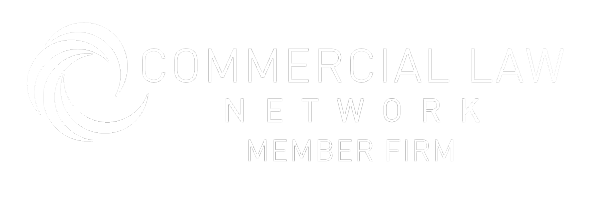Furlough
Returning to Work
As the government start to wind down the job retention scheme, full-time furlough is going to end in July and then continue part-time as it is winding down from August to October. The Scottish Government has outlined a 4 phase route map to steer the nation out of the pandemic. Scotland will be announcing in a matter of days whether we are ready for phase 2. With all this going on how are you as an employer preparing for your staff to come back engaged, happy and safe?
When you are notifying the employee that they will be expected to return you should give them notice so they can plan accordingly. No set notice period is indicated in the legislation. Reasonable notice to come back would, therefore, be expected.
You will be expected to ensure the workplace is “COVID-19 Secure”
General obligation under the health and safety regulation continues to apply. Government has provided 5 key points in their guidance:
1. Continue to work from home if you can.
2. Risk assessments should be carried out in consultation with the employee. Looking at hazards. Necessary PPE Photograph/document risk assessment.
3. Social distancing. Pinch points need to be considered Put together a policy (especially if you have over 50+ employees). Use of lifts. One way system. Provide training and ensure it is implanted correctly. Have the staff sign the policy. Mental health risk assessment. Confidential drop-in surgery.
4. Manage transmission risk – Staggered start times or setting fixed teams so as to minimise contact. Barriers in shared spaces. Facing employees away from each other
5. Cleaning processes. Hand sanitizer stations at entry and exit points.
Getting to and from work could also be considered. Although there is no clear obligation on the employer to do this, this is a significant factor in employee’s willingness to return. Yes, it was not normal practice but doing it now will assist in gaining you employees trust in these times of anxiety.
Temperature checks can be considered. If an employer does do this, then they should be comfortable in regard to any data protection considerations. ICO guidance should be sought on how to manage information. In retention of data should be proportionate and necessary to comply with legal obligations. Remember to review the employee privacy notice and update this.
If an employee needs to continue shielding. Forcing them to come back could be a problem as it’s a breach of H&S and could be disability discrimination. It may also be associative disability discrimination if they are protecting someone who is vulnerable. Therefore, communication is key! Set up one to ones with them so you are able to address their concerns and put these to rest.
If someone has childcare issues. Look at flexibility here. Could disproportionately affect women. Indirect sex discrimination.
If an employee refuses to return to work when you have taken all of the above into account and they are still not willing. An employer may consider disciplinary action as it could be seen as a failure to follow management instruction however you should seek advice before taking these steps as it is risky.
If you need any further guidance on this, get in touch with ramiza@mmlegal.co.uk today.


